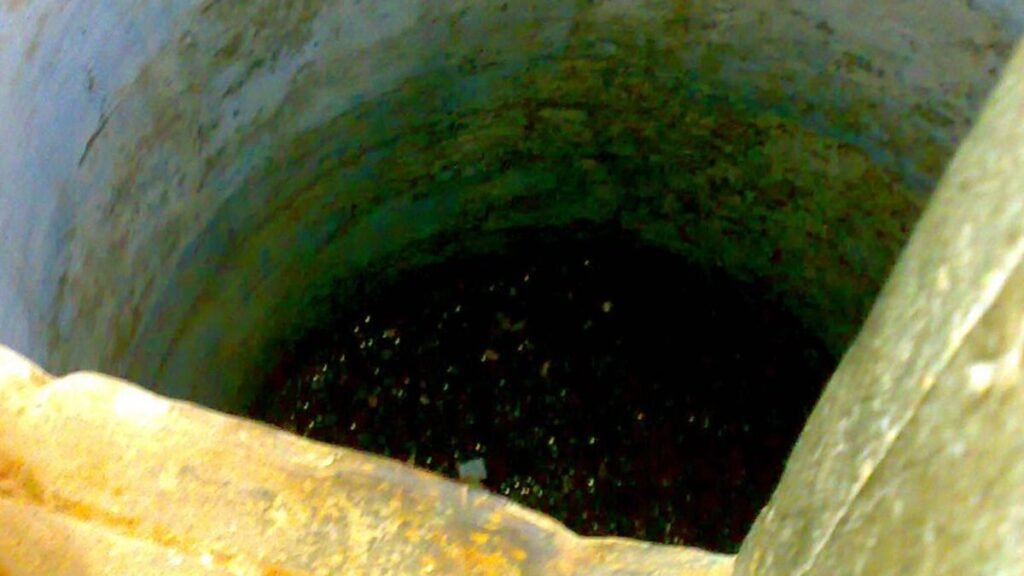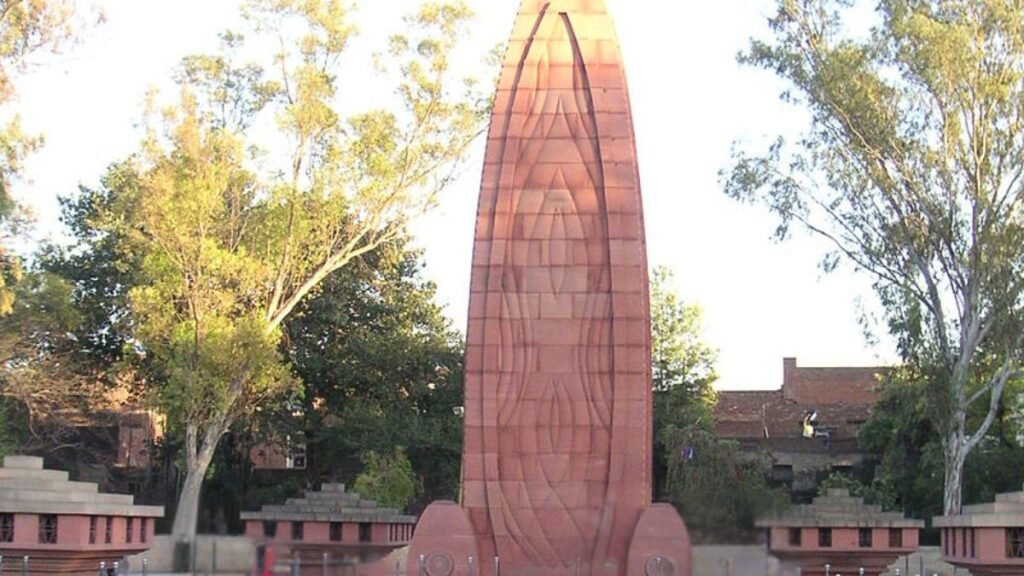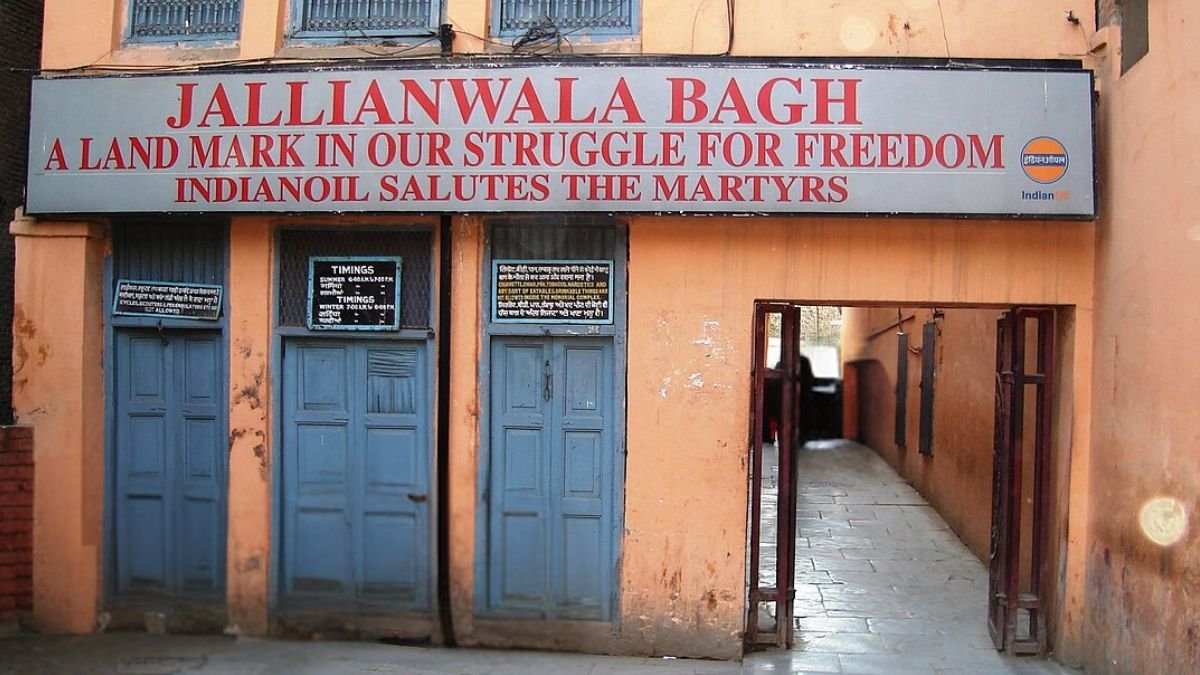Some places you visit. Other places, you feel. They seep into your soul, leaving an imprint that stays with you long after you’ve left. For me, Jallianwala Bagh in Amritsar is one of those places.
Before I visited, I knew it only from history books—a name associated with a dark day in India’s struggle for freedom. But to stand on that very ground, to walk the same path as thousands did on that fateful day in 1919, is an experience that words can barely do justice. It’s not just a tourist spot; it’s a memorial, a classroom, and a quiet garden of remembrance, all rolled into one.
5 Dark Secrets of Brihadeeswarar Temple You Didn’t Know About
Have you ever stood in a place so silent you could almost hear the echoes of the past? That’s Jallianwala Bagh. It’s a crucial stop on any trip to Amritsar, not for fun or entertainment, but for understanding, reflection, and paying respects. Join me as I share everything you need to know to experience this profound historical site.

Background: More Than Just a Garden
Located in the heart of Amritsar, a stone’s throw from the magnificent Golden Temple, Jallianwala Bagh is a public garden that holds a monumental place in Indian history. Before 1919, it was just an open space, a bagh (garden), enclosed by the walls of surrounding houses. Today, it stands as a national memorial, a solemn reminder of the sacrifices made during the freedom struggle. The air here feels different—heavy with history, yet peaceful.
A Sobering History: The Events of April 13, 1919
To truly appreciate your visit, you need to understand the history. It’s a story that is both heartbreaking and pivotal.
- The Build-Up: In 1919, tensions were high. The British government had passed the repressive Rowlatt Act, which severely curtailed civil liberties. Protests erupted across India.
- Baisakhi Day: On April 13, 1919, the festival of Baisakhi, thousands of unarmed men, women, and children gathered peacefully at Jallianwala Bagh to protest the new act.
- The Unthinkable: A British officer, General Dyer, arrived with his troops, blocked the only main exit, and, without any warning, ordered his soldiers to open fire on the innocent crowd. The firing continued for about ten minutes, until the ammunition was nearly exhausted.
- The Aftermath: Official figures stated hundreds were killed, but the actual number is believed to be much higher. The event sent shockwaves across the world and became a turning point, galvanizing the Indian independence movement like never before.
Walking through the garden today, you are walking on hallowed ground.

Getting There: Reaching the Heart of Amritsar
Getting to Jallianwala Bagh is quite straightforward as it’s one of Amritsar’s most famous landmarks.
- By Air: Sri Guru Ram Dass Jee International Airport (ATQ) is Amritsar’s airport, well-connected to major Indian cities and some international destinations. From the airport, you can hire a taxi or an auto-rickshaw (about 30-40 minutes).
- By Train: Amritsar Junction (ASR) is a major railway station. The Bagh is only about 2-3 km from the station. An auto-rickshaw or a cycle rickshaw is a great way to cover this short distance.
- By Road: Amritsar is well-connected by road. If you’re driving, be aware that the area around the Golden Temple and the Bagh is very crowded. It’s best to park your car a little further away and walk.
- Local Transport: Once in Amritsar, auto-rickshaws are the most common way to get around. Since the Bagh is right next to the Golden Temple, you can easily visit both on foot.
Where to Stay: Accommodation for Every Budget
Amritsar offers a wide range of places to stay, many of which are conveniently located near Jallianwala Bagh.
| Category | Hotel Recommendations | Why It’s a Good Choice |
| Luxury | Hyatt Regency, Radisson Blu | Top-notch amenities, excellent service, though a bit further from the old city’s heart. |
| Mid-Range | Ramada by Wyndham, Hotel Sawera Grand | Great balance of comfort and value, often closer to the main attractions. |
| Budget | Hotel City Park, Many guesthouses near the Golden Temple | Clean, basic, and incredibly convenient for exploring the heritage area on foot. |
| Unique Experience | Sarai (Free accommodation at the Golden Temple) | For a truly immersive and spiritual experience, though very basic. |
Food & Drink: The Flavors of Amritsar
A trip to Amritsar is a pilgrimage for foodies! After a reflective visit to the Bagh, treat your senses to the incredible local cuisine.
- Langar at the Golden Temple: Don’t miss the simple, wholesome, and free community meal served to everyone. It’s an experience in humility and service.
- Amritsari Kulcha: Flaky, stuffed bread cooked in a tandoor. Go to any famous dhaba like Kesar Da Dhaba or Bharawan Da Dhaba.
- Lassi: A tall glass of thick, creamy, sweet yogurt drink is a must-have.
- Street Food: Explore the streets for delicious jalebi, golgappe, and chole bhature.

Things to Do / Must-See Attractions Inside Jallianwala Bagh
The renovated memorial is designed to walk you through the events of that day. Take your time at each spot.
- The Narrow Passage: You enter the Bagh through the same narrow lane that the crowd used. It’s also the same passage General Dyer blocked. Walking through it, you can feel the sense of entrapment.
- The Martyrs’ Well (Shaheedi Kuan): This is perhaps the most heart-wrenching spot. Many people, including children, jumped into this well to escape the bullets. Today, it stands as a protected monument, a silent witness to the tragedy.
- The Bullet Marks: Look closely at the walls preserved from that time. You can still see the clear, circular marks left by the bullets, a stark and undeniable proof of the horror.
- The Flame of Liberty (Amar Jyoti): A perpetually burning flame stands as a tribute to the martyrs who lost their lives.
- The Museum and Galleries: The newly built museum uses audio-visual technology and exhibits to narrate the story of the massacre and the larger freedom struggle. It’s incredibly well-done and informative.
Cultural Insights & Etiquette
Jallianwala Bagh is a place of national mourning and remembrance. It’s essential to be respectful.
- Maintain Silence: This is not a place for loud conversations or laughter. Speak softly and maintain a solemn atmosphere.
- Dress Modestly: While there’s no strict dress code, it’s a good practice to dress respectfully, just as you would when visiting any memorial.
- No Food or Drinks: Do not eat or drink inside the main memorial area.
- Be Patient: The place can get crowded. Wait for your turn to see the exhibits and be mindful of others who are there to pay their respects.

My Personal Experience: A Walk I’ll Never Forget
I remember walking through that narrow entrance, and it felt like a time machine. The bustling noise of Amritsar’s streets faded away, replaced by a profound silence. Seeing the bullet marks on the wall was a powerful moment. It wasn’t just a story in a book anymore; it was real. I stood by the Martyrs’ Well for a long time, just trying to comprehend the desperation and courage of the people. I left Jallianwala Bagh with a heavy heart but also with a deep sense of gratitude for the freedom I often take for granted. It’s a feeling that has stayed with me ever since.
Travel Tips & Takeaways
- Best Time to Visit: Early morning or late afternoon to avoid the harshest sun and the biggest crowds.
- Time Needed: Plan for at least 1-2 hours to see everything properly without rushing.
- Combine Your Visit: It’s located right next to the Golden Temple, so you can easily visit both on the same day.
- Photography: Photography is allowed, but be mindful and respectful. This isn’t the place for casual selfies.
- Guided Tours: You don’t necessarily need a guide, as the new exhibits are very descriptive. However, hiring a local guide can provide deeper historical context.
Quick Planner: Your Trip to Jallianwala Bagh
Checklist Before You Go
- Comfortable walking shoes
- Sunscreen and a hat/scarf (it’s an open garden)
- Water bottle (stay hydrated)
- Camera (for respectful photography)
- A small bag (large bags may not be convenient)
- An open and respectful mindset
Suggested One-Day Amritsar Itinerary
This itinerary combines the Bagh with other key Amritsar experiences.
| Time | Activity | Notes |
| Morning (8:00 AM) | Visit the Golden Temple | Experience the serene morning prayers. |
| Late Morning (10:30 AM) | Walk to Jallianwala Bagh | It’s just a 5-minute walk. Spend 1.5-2 hours here. |
| Lunch (1:00 PM) | Have Langar at the Golden Temple or try Amritsari Kulcha | Choose between a spiritual meal or a local delicacy. |
| Afternoon (3:00 PM) | Head to the Wagah Border | Hire a taxi/auto. It’s about an hour’s drive. |
| Evening (5:00 PM) | Witness the Beating Retreat Ceremony | The energetic ceremony is a unique experience. |
| Night (8:00 PM) | Return to the city for dinner | Explore more local food joints. |
Unique Facts About Jallianwala Bagh
- The land was originally private property owned by the family of Himmat Singh, a noble in the court of Maharaja Ranjit Singh.
- After the tragedy, the land was purchased by the Indian National Congress to build a memorial.
- The memorial was designed by American architect Benjamin Polk and was inaugurated in 1961.
- A scene depicting the massacre was famously re-created in the 1982 Oscar-winning film, Gandhi.
Tips and Assistance for Elders
Jallianwala Bagh is quite accessible for senior citizens, but here are a few tips:
- The entire complex is wheelchair accessible with ramps. Wheelchairs are often available at the entrance.
- There are plenty of benches throughout the garden to sit and rest.
- The main memorial areas are flat and easy to walk on.
- Visit during cooler parts of the day (morning or evening) to avoid heat exhaustion.
A Final Thought & A Call to Action
A visit to Jallianwala Bagh is a journey into the heart of India’s past. It’s a place of deep sorrow but also immense strength. It teaches us about sacrifice, the price of freedom, and the importance of never forgetting.
Have you visited Jallianwala Bagh? What was your experience like? Share your thoughts in the comments below. I would love to hear from you!
Useful Resources & Links
Frequently Asked Questions (FAQs)
Is there an entry fee for Jallianwala Bagh?
No, entry to Jallianwala Bagh is completely free for everyone
What are the timings for Jallianwala Bagh?
The Bagh is generally open from morning until evening. Timings can vary slightly by season, so it’s a good idea to check locally. A light and sound show is often held in the evening.
Is it suitable for children?
Yes, but it’s important to explain the history and significance of the place to them in an age-appropriate manner. The galleries are educational, but the theme is very serious.
How much time should I allocate for my visit?
Plan for at least 1.5 to 2 hours to walk through the garden, see all the key spots, and visit the museum without feeling rushed.


